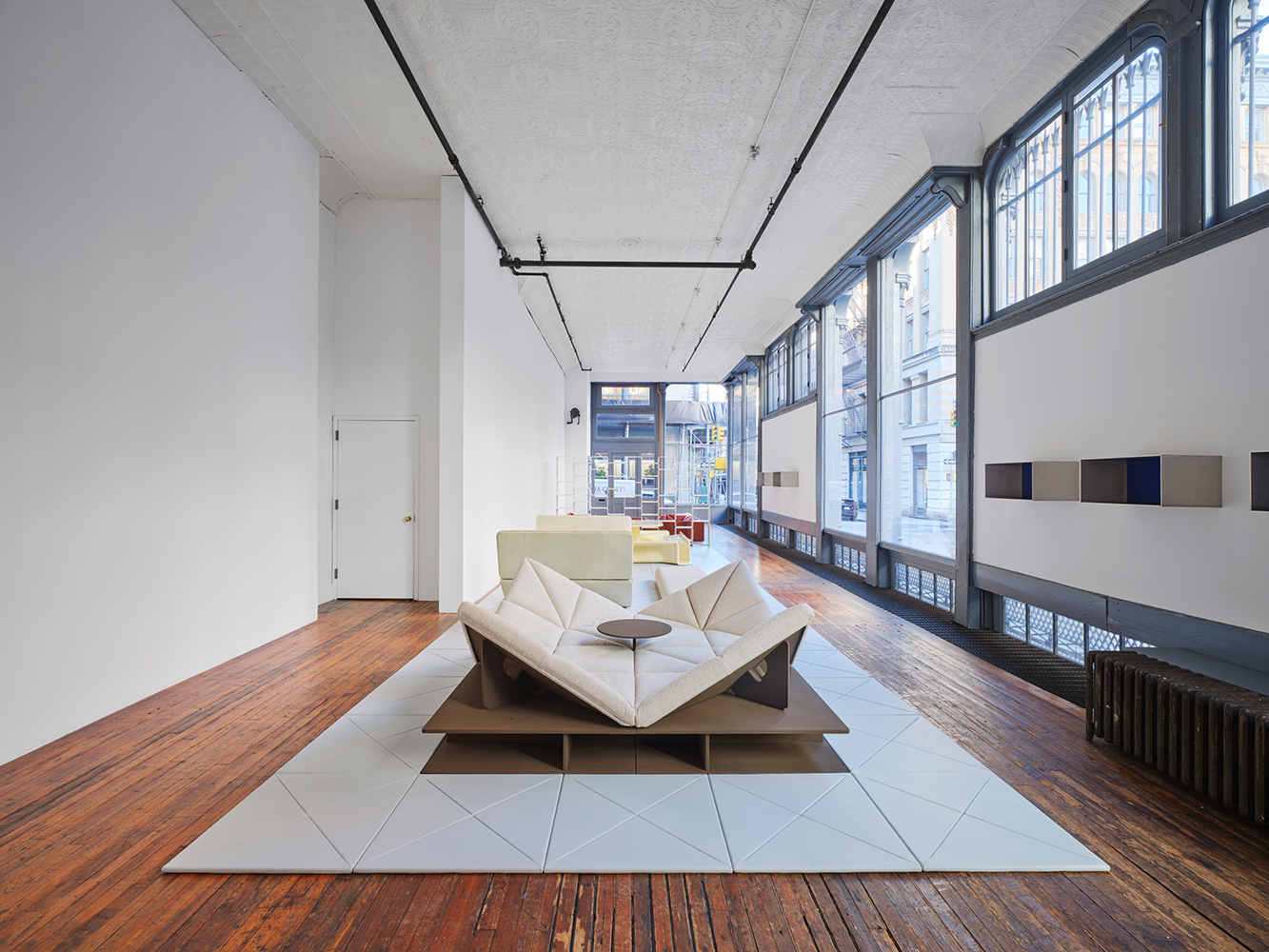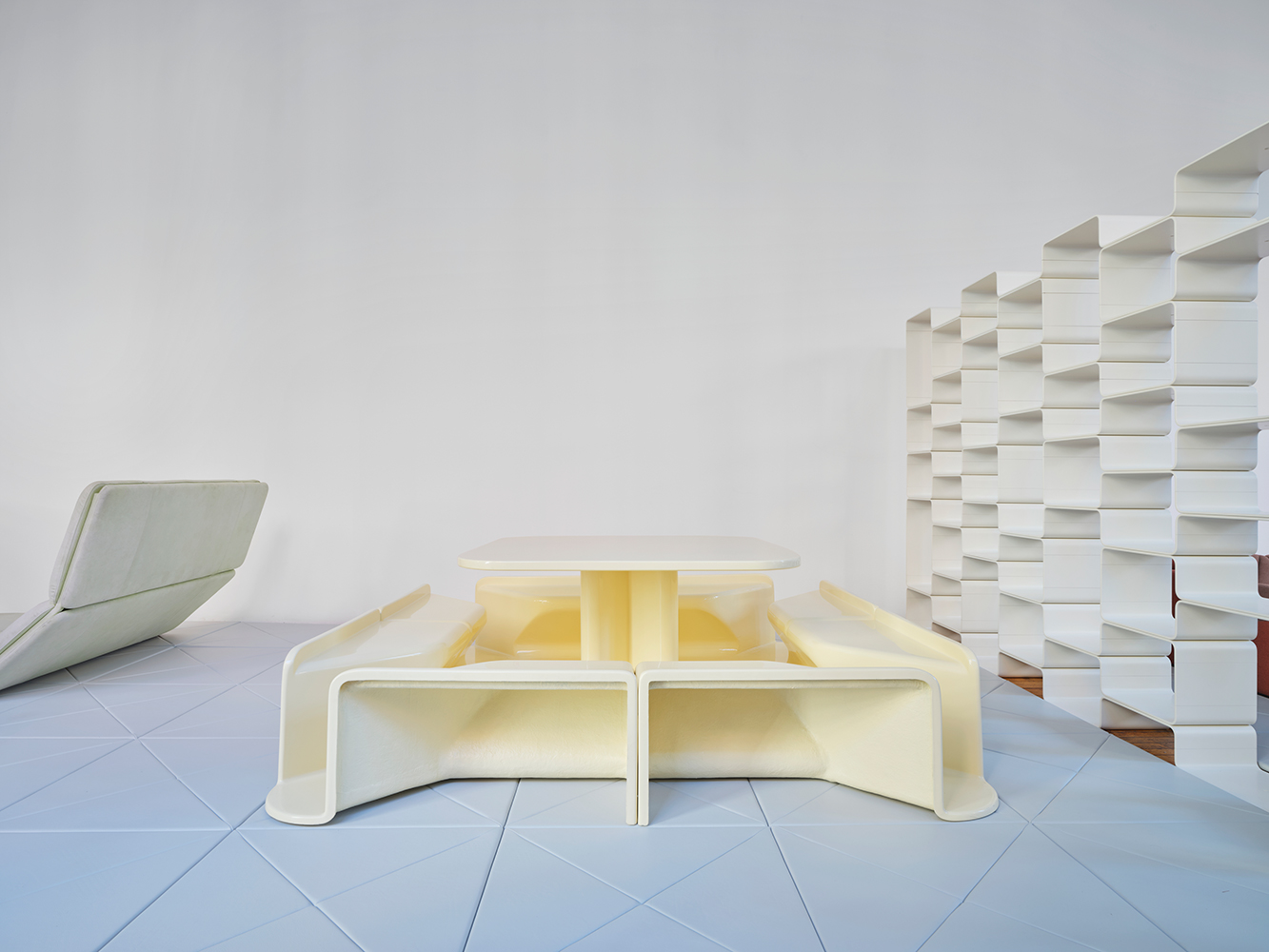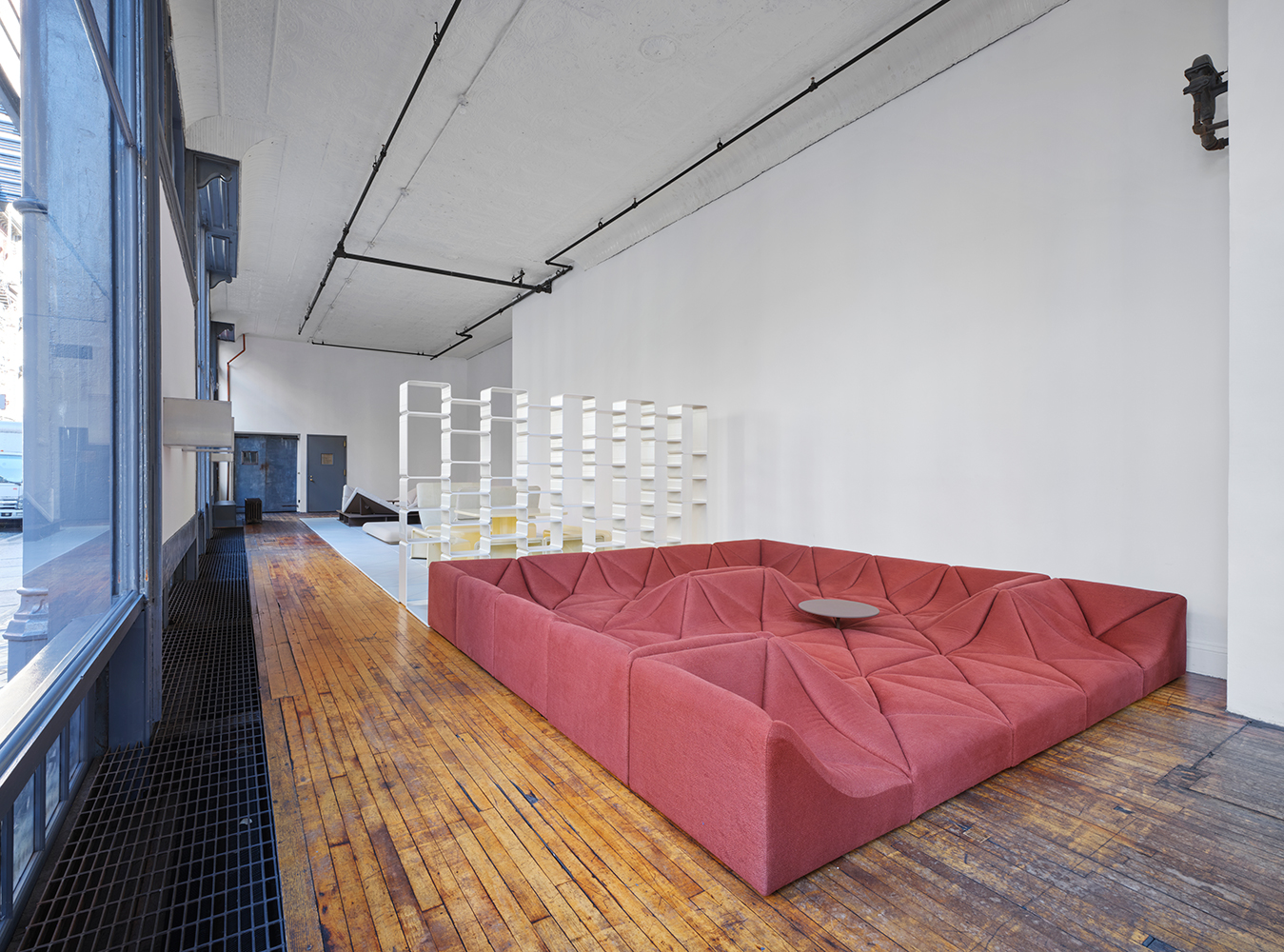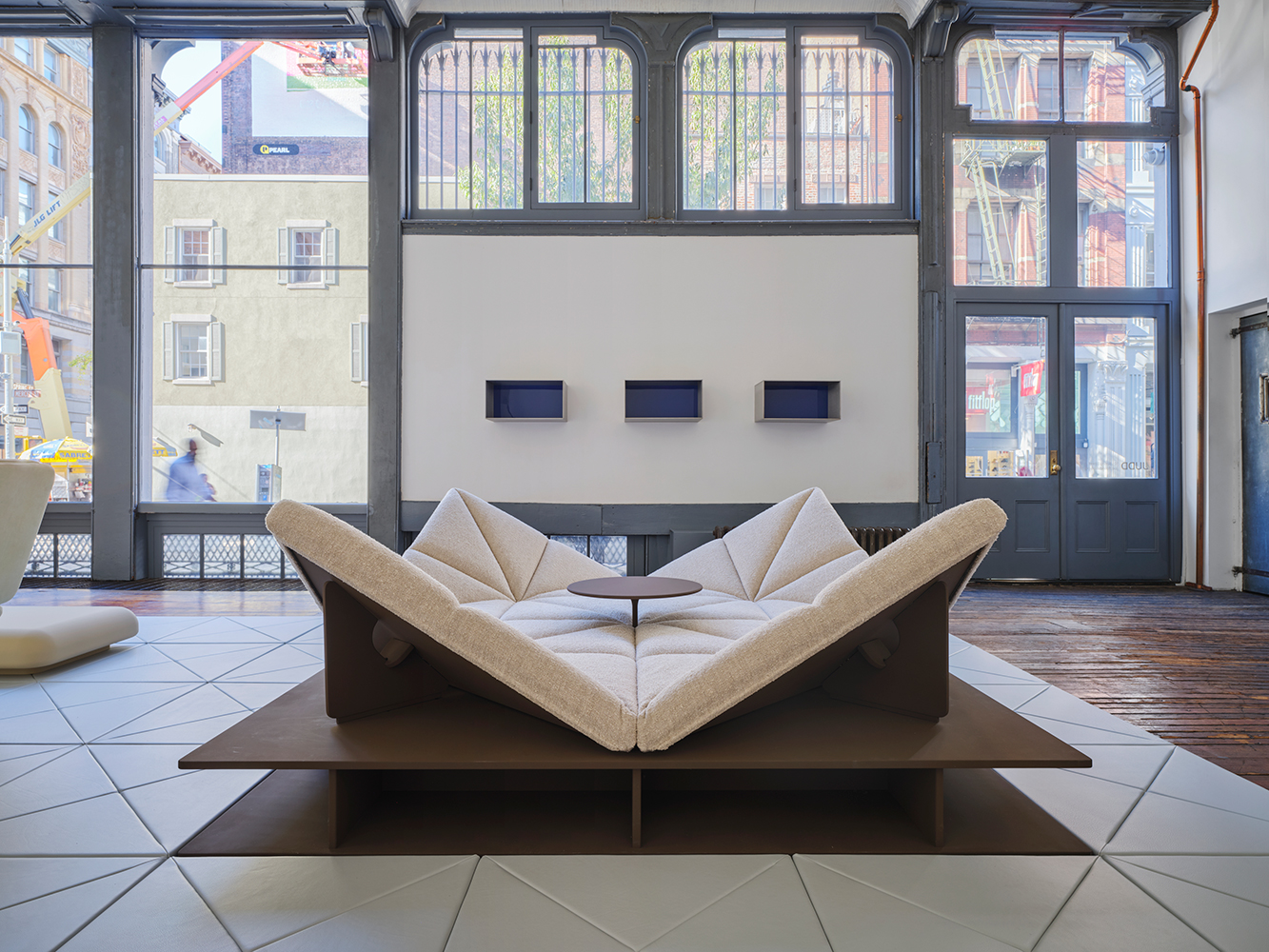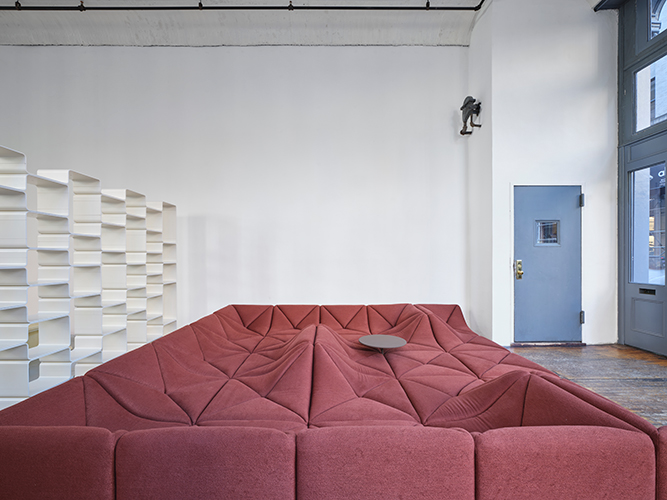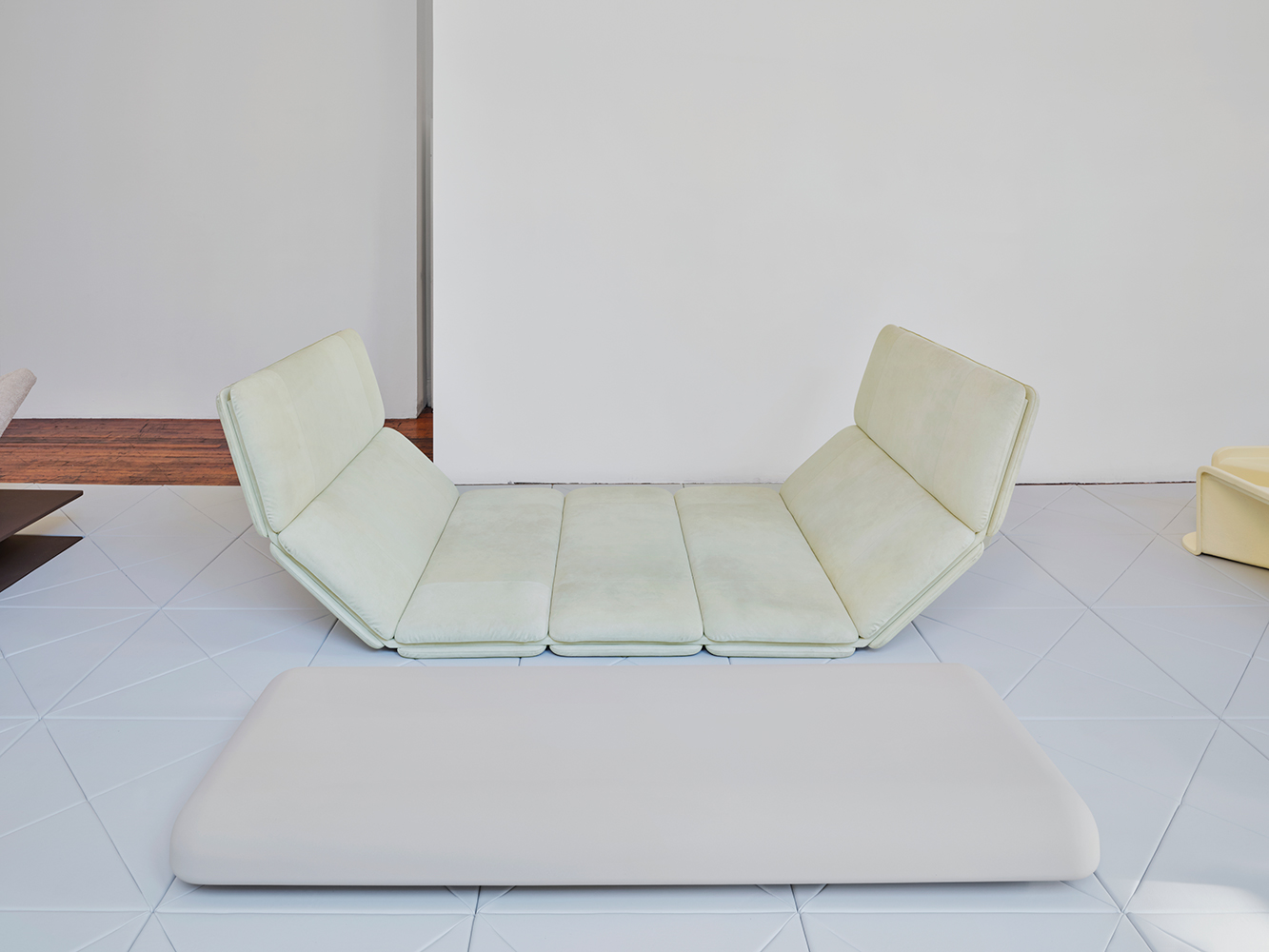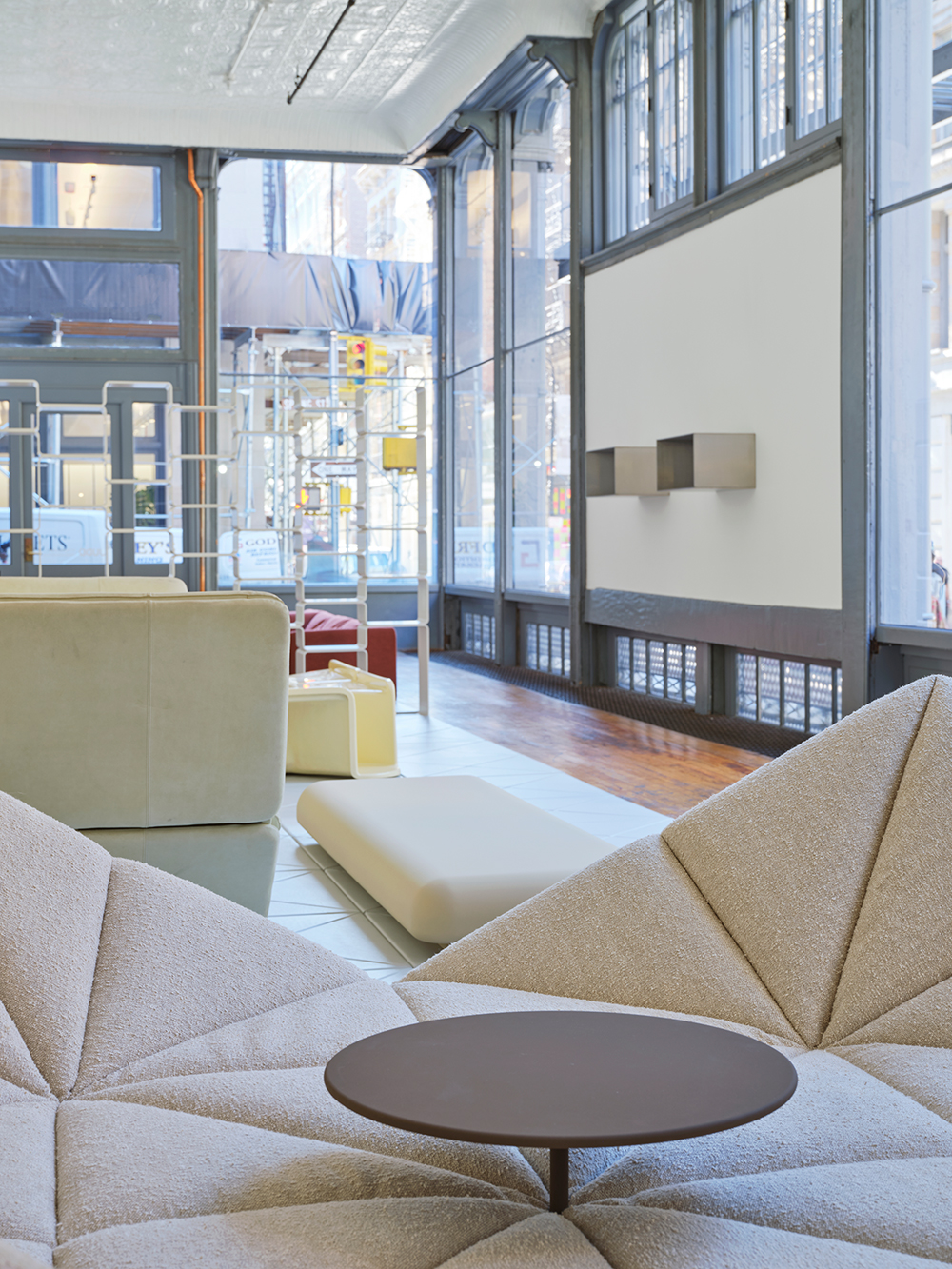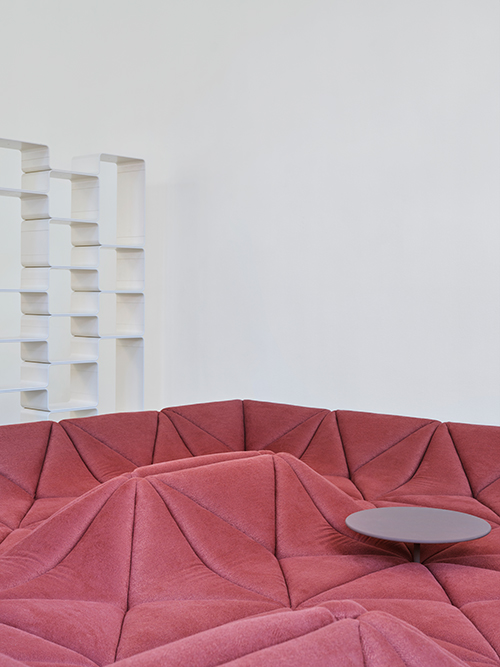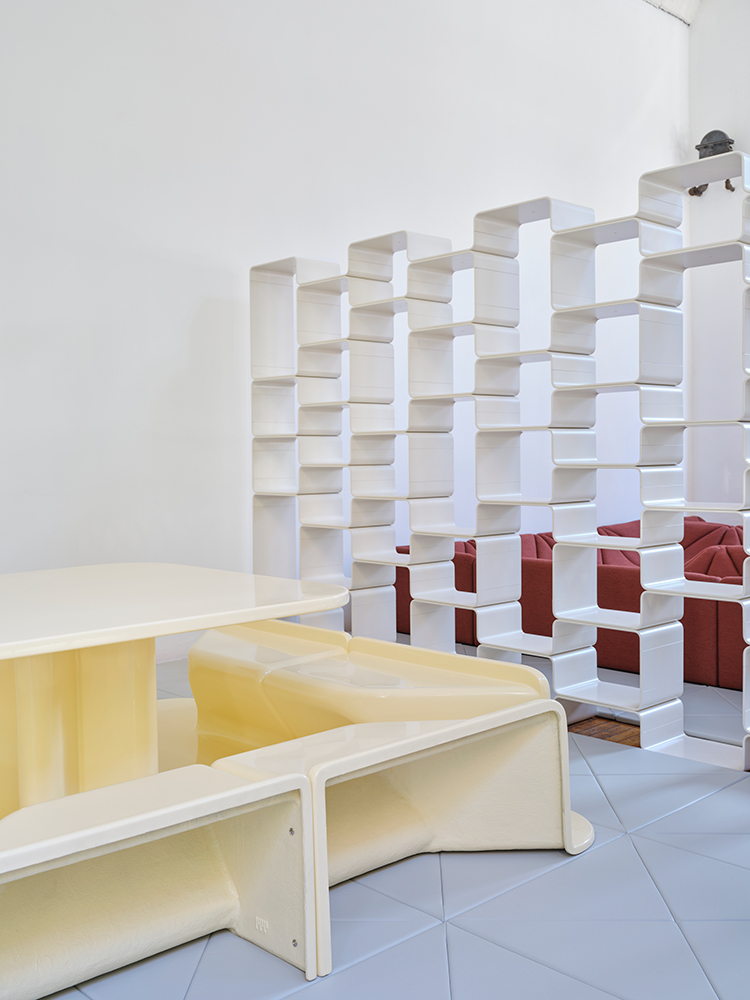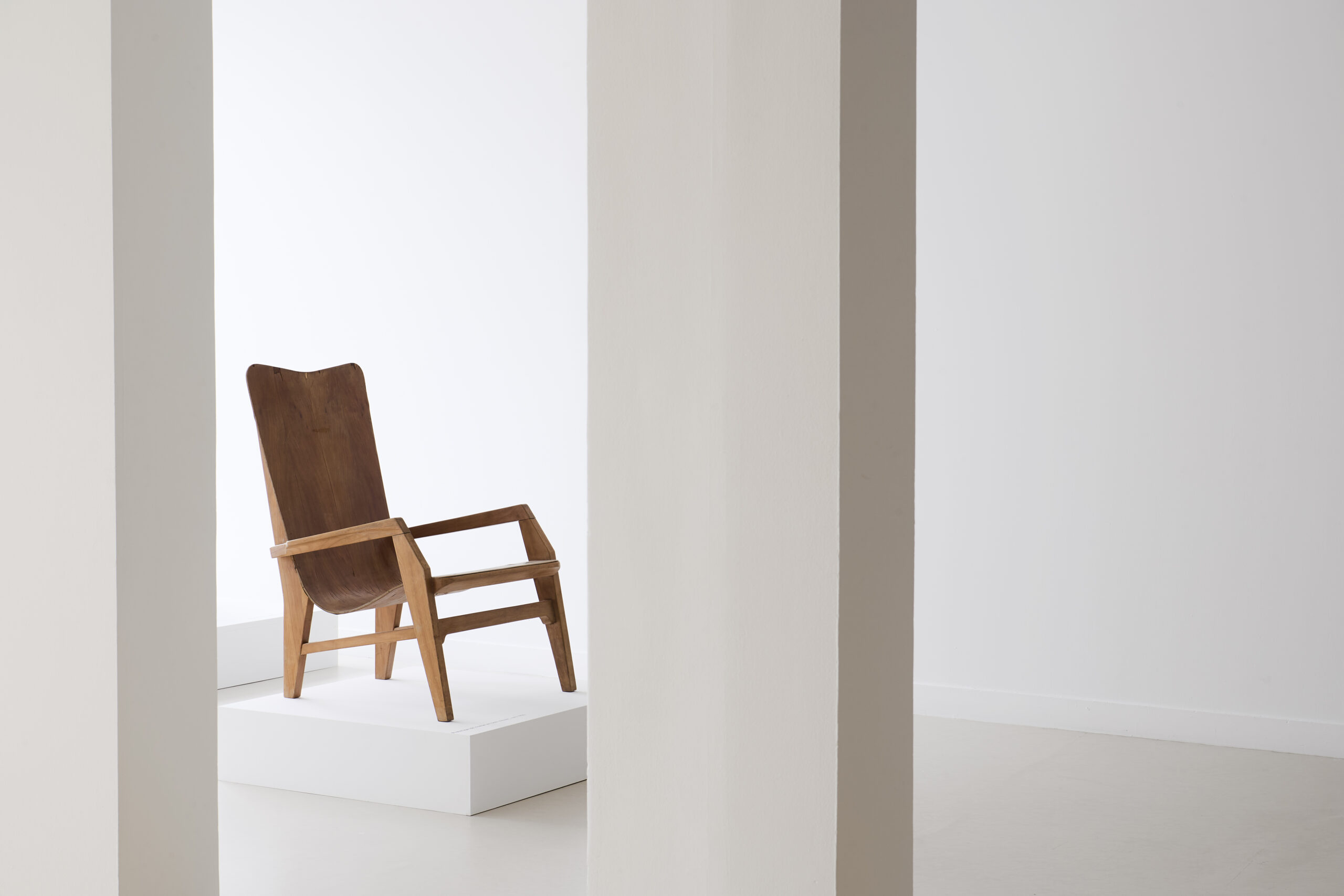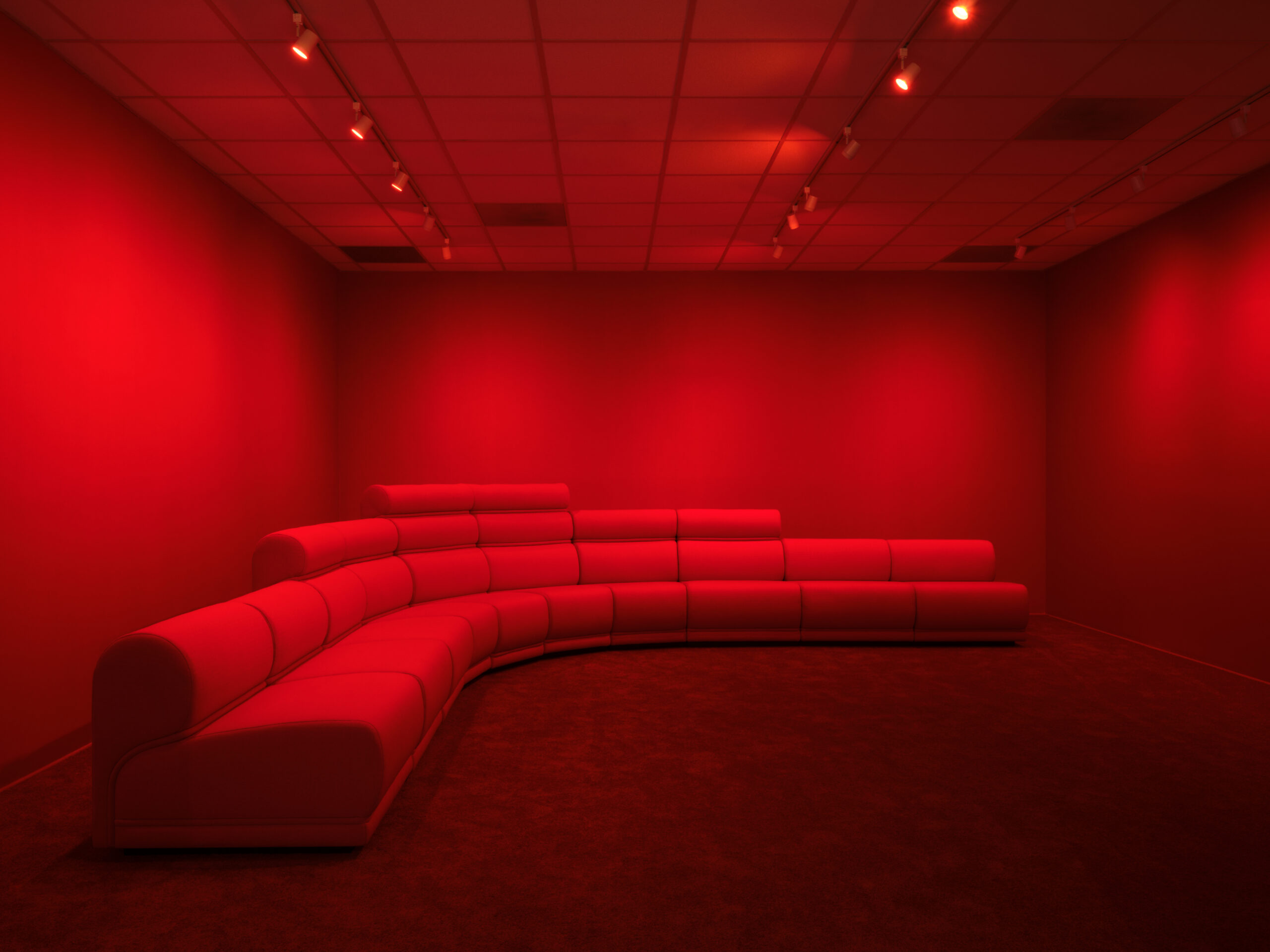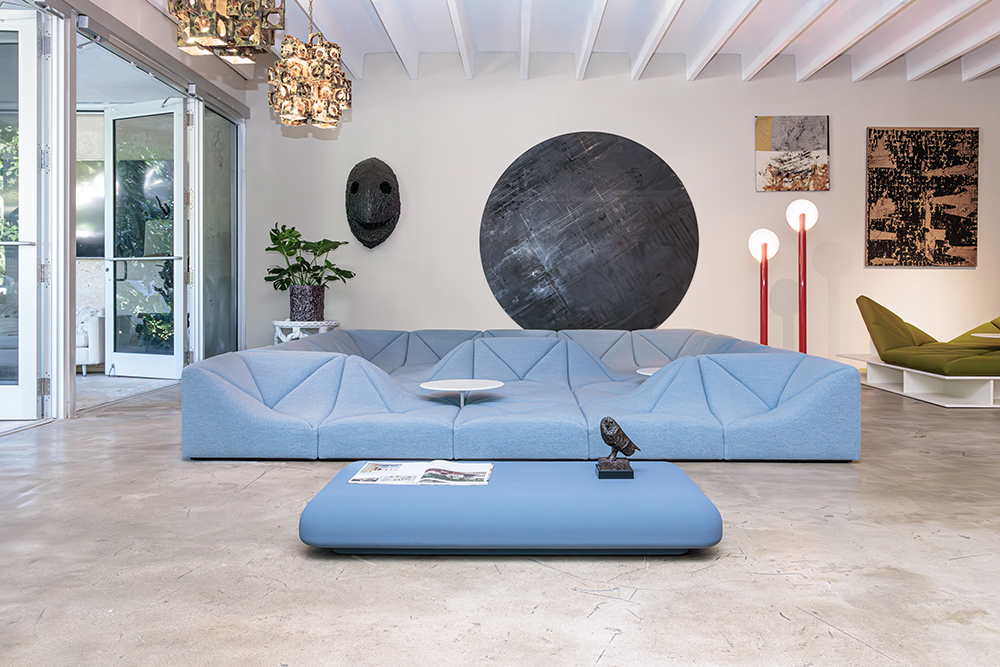In 1968, Paulin collaborated with Herman Miller on a project that sought to reinterpret Miller’s Action Office program for a residential setting. Paulin designed the entire concept in six maquettes; the project’s goal was to construct and deconstruct, allowing the furniture to become the user’s companion by making it possible to move beyond the limitations of interior design and be the architect of spaces dedicated to life and work. Constrained by industrial parameters, the project was never pro...
In 1968, Paulin collaborated with Herman Miller on a project that sought to reinterpret Miller’s Action Office program for a residential setting. Paulin designed the entire concept in six maquettes; the project’s goal was to construct and deconstruct, allowing the furniture to become the user’s companion by making it possible to move beyond the limitations of interior design and be the architect of spaces dedicated to life and work. Constrained by industrial parameters, the project was never produced by Miller and existed only as prototypes that remained for years at Paulin’s residence. The maquettes by Paulin, maquette d’aménagement intérieur numbers zero through five, are now part of the collection of the Centre Georges Pompidou. In 2014, the project was officially produced for the first time by Paulin, Paulin, Paulin, the family-run project dedicated to preserve and develop the work of the designer.
In Paulin’s concept of utopian design, the user could combine spaces and modules according to their personal culture, psychological self-conception, and the image they wished to project. In his future, the user could create their own story, based on personal life experience. Three designs—Dune, Déclive, and Tapis-Siège—included in the exhibition at 101 Spring Street were prototypes for unrealized projects during Paulin’s lifetime. Originally designed in 1970, the Dune Ensemble is made of modules that can be arranged in varying configurations to create living room iterations for lounging and entertaining. The design derives from its function; Paulin’s methodology centered around the importance of the body and its comfort in relation to the different activities and intentions for living spaces. In the installation at Judd Foundation, Dune consists of twenty-five separate modules and a side table, opening to a number of possibilities for room design.
Read more
